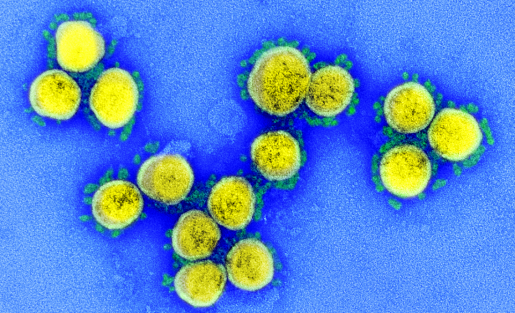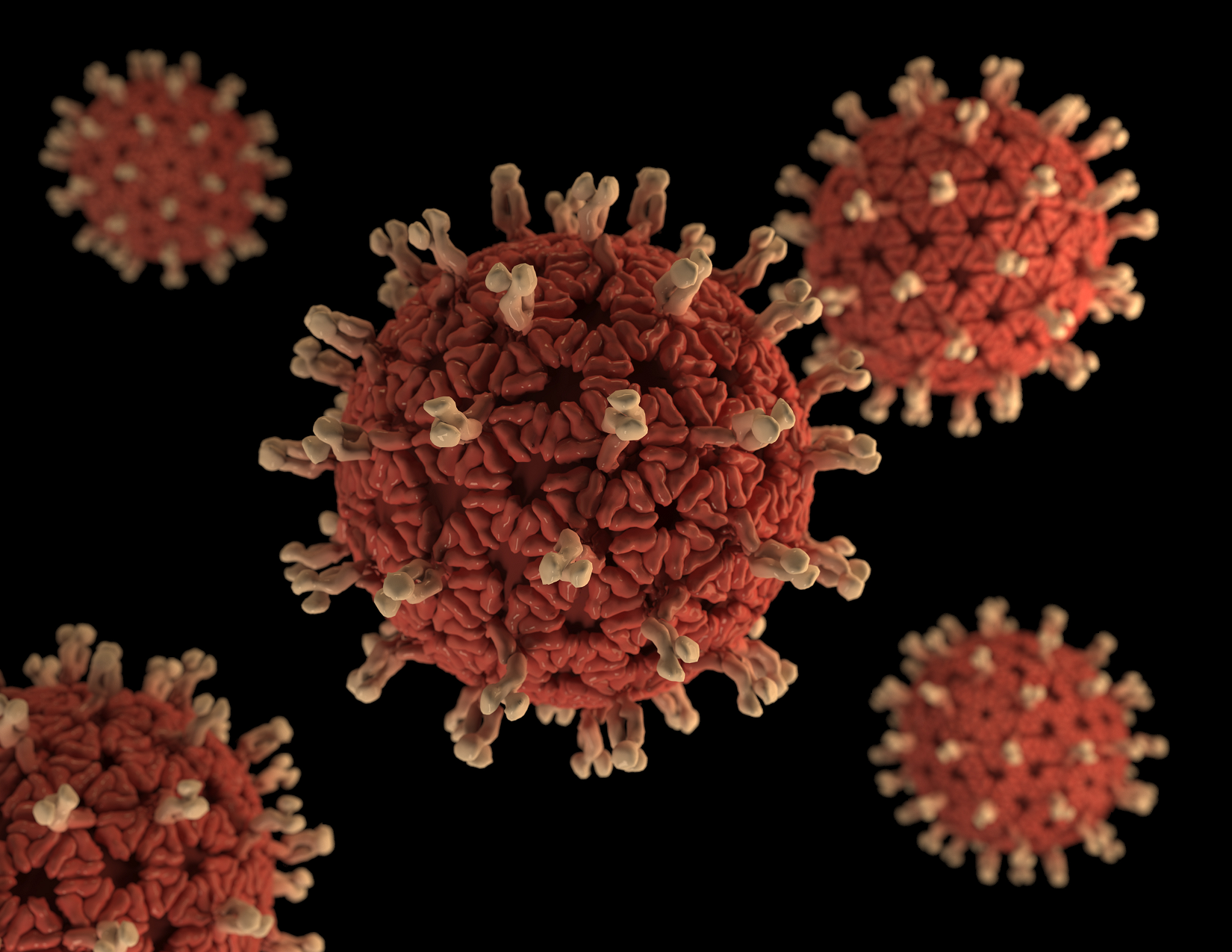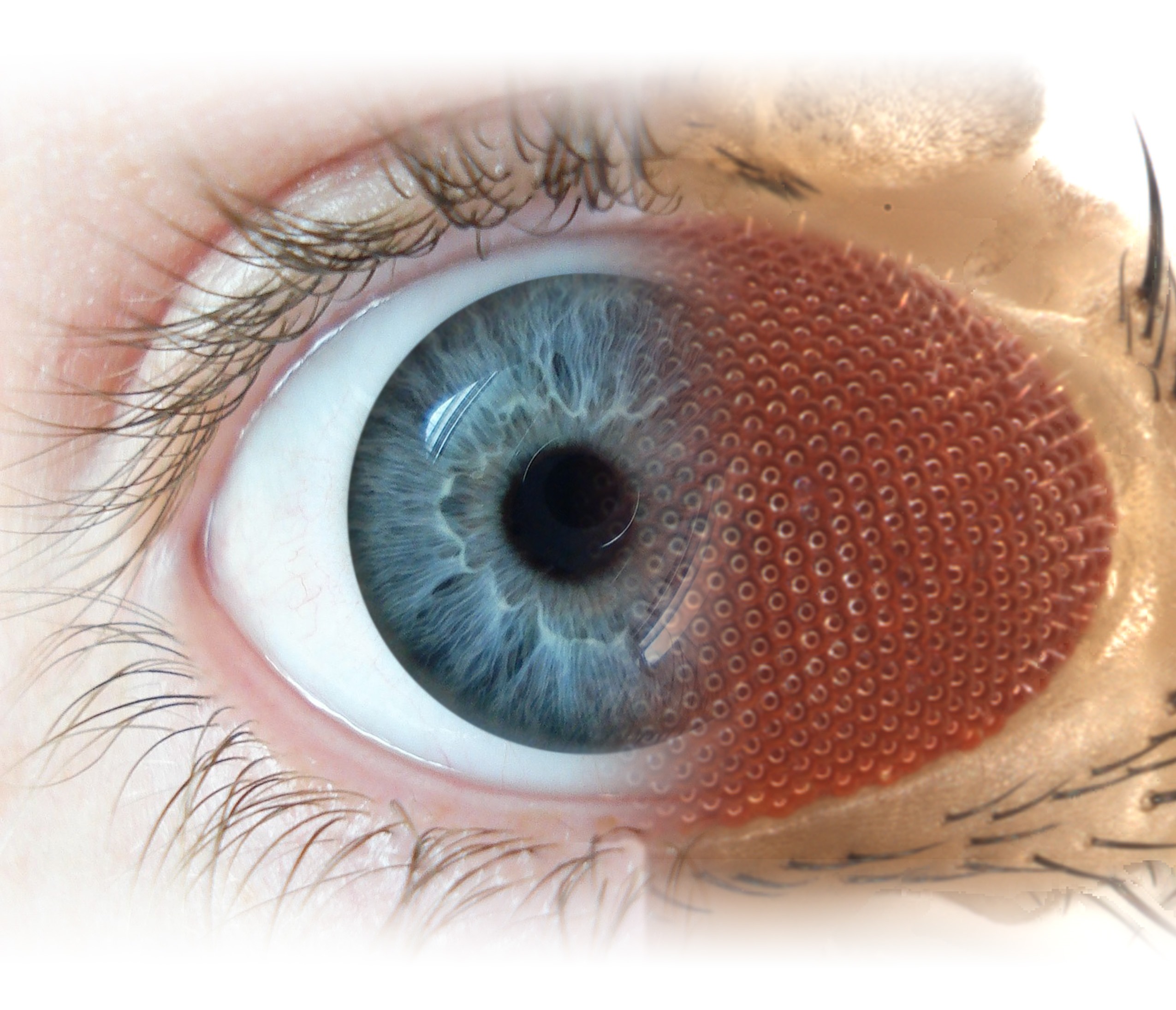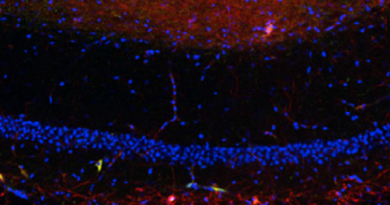The challenges of developing a safe and effective COVID-19 vaccine
The goal of a vaccine is to trigger a response that safely protects against an infection and/or the burden of disease. While this is true for all vaccines, the steps leading to a safe and effective product can be different for each infection. In the case of COVID-19, caused by the virus SARS-CoV-2, researchers at Baylor College of Medicine and Texas Children’s Hospital have found that vaccine design can face specific challenges and that vaccine development approaches require an understanding of how the immune system naturally responds to a specific infection as well as how vaccines might trigger specific protective responses.

The National School of Tropical Medicine at Baylor and the Center for Vaccine Development at Texas Children’s, co-led by Dr. Maria Elena Bottazzi and Dr. Peter Hotez, currently are developing coronavirus vaccines. The researchers are applying their years of experience developing vaccines for neglected tropical and emerging infectious diseases such as SARS and MERS to develop a safe and effective COVID-19 vaccine.
“As we proceed with the designing and testing of vaccine candidates, we felt the need to collaborate with a clinical immunologist, who also is engaged in basic and translational research, so that together we can inform our vaccine development efforts and ensure we evaluate both the protective mechanisms and avoid inducing any undesirable immunological responses that have been associated with some respiratory viruses,” said Bottazzi, professor of pediatrics and of molecular virology and microbiology and associate dean of the National School of Tropical Medicine at Baylor.

Bottazzi and Hotez approached Baylor’s pulmonologist Dr. David Corry, professor of immunology, allergy and rheumatology and Fulbright Endowed Chair in Pathology in the Department of Pathology & Immunology. He also is a member of the Dan L Duncan Comprehensive Cancer Center.
One of the outcomes of their collaboration is the recent publication of two papers, one in Microbes and Infection and the other in Nature Reviews Immunology.
“These publications are the result of an in-depth literature search and analysis that has informed our vaccine development strategy. We highlight experimental and clinical evidence showing some of the challenges toward the development of COVID-19 vaccines — what we know and what we don’t know — and the critical points we should pay close attention to as we advance and evaluate our vaccine candidates,” Bottazzi said.
What does a protective response against COVID-19 look like?
COVID-19 is a new disease and while most of the evidence points to natural infection with the virus generating protective immunity, important gaps still remain.
Researchers know, for instance, that the mechanism of protection most likely will need to rely on a robust antibody response with neutralizing capacity, coupled with a balanced cellular response and cytokines or immune proteins. In recent studies, rhesus macaques infected with SARS-CoV-2 have shown to develop protective antibodies and resistance to reinfection. Previous studies from SARS-CoV in 2003 also showed that persistent antibody responses against the virus spike protein — the protein the virus uses to bind and invade a cell — and specifically against a part of the spike protein known as the receptor binding domain, supported immunity.

“We are encouraged by the evidence supporting the likelihood that immunizing against the spike protein’s receptor binding domain represents a realistic and viable vaccination strategy. However, many questions remain.” said Hotez, who serves as dean of the National School of Tropical Medicine at Baylor, as well as the Texas Children’s Hospital Endowed Chair in Tropical Pediatrics.
“Studying the immunological responses triggered in people infected by the virus is one way researchers can select what viral components or antigens are promising candidates to use when designing the vaccine,” Bottazzi said. “That, coupled with studies using laboratory models of disease, is how scientists attempt to predict what are the ideal mechanisms of protection triggered by vaccines.”
On that basis, the Baylor and Texas Children’s teams, in collaboration with the New York Blood Center, developed a vaccine strategy based on this fragment of the viral protein, the receptor binding domain.
How to design a vaccine that safely protects against COVID-19
Experimental and preclinical observations made during prior attempts to develop vaccines against respiratory viruses suggest that some vaccine formulations may trigger undesirable responses. Some of these responses may be cell mediated while others may be triggered by antibodies.
Cell-mediated responses
Preclinical testing of some experimental vaccines followed by viral infection in animal models showed tissue damage caused by cellular infiltrates after the induction of an immune response.

“Some experimental animals developed an inflammatory response in the lung or liver characterized by significant infiltration of immune cells — lymphocytes, monocytes and eosinophils,” Corry said. “Our literature search suggests that this cellular infiltration can be associated with IL-6, a cytokine or immune protein that is strongly increased in patients with COVID-19 who experience a cytokine storm, an excessive production of cytokines that can be life-threatening.”
“We also found studies that show that type Th17 immune responses likely could account for the cellular infiltrates, including eosinophils, observed in animal models,” said Hotez.
This immune infiltration was observed with experimental viral-vectored vaccines. Viral-vectored vaccines use a chemically weakened and different virus to transport components or antigens of the COVID-19 virus into the body to stimulate an immune response.
Although more research is needed to understand the mechanisms of cell-mediated responses and their relevance to clinical outcomes, the potential of significant immune cell infiltration has important implications for COVID-19 vaccine development.
Research also has suggested that the selection of adjuvants — agents traditionally added to vaccines to boost a positive immune response — may impact the type of immune response triggered. For instance, in SARS vaccines, using alum reduces cellular infiltration, indicating that this adjuvant could minimize these undesirable responses.
“Based on prior evidence, we also opted to evaluate and use alum in our COVID-19 vaccine formulation since our goal is to ensure we reduce the possibility of inducing an undesirable immune response,” Bottazzi said.
Antibody-mediated responses
Called antibody-dependent enhancement, this response has been previously observed in dengue and other viral infections.
“Antibody-dependent enhancement in dengue occurs when antibodies bind to the virus and shuttle it inside infection-fighting cells called macrophages. Once the virus coated with an antibody is inside macrophages, it doesn’t die. It replicates,” Corry said. “The macrophages end up spreading the infection inside the organism as macrophages move around.”
Whether this phenomenon is relevant to human coronavirus infection is unclear. In laboratory experiments, antibody-dependent enhancement seems to occur with both non-neutralizing and neutralizing antibodies.
“For this reason, we selected the receptor binding domain of the virus. It excludes the epitopes or sections of viral proteins that might potentially induce antibody-dependent enhancement,” Hotez said.
“We have not found any evidence that our vaccine triggers antibody-dependent enhancement in laboratory pre-clinical experiments. Experimental evidence suggests that our vaccine against the receptor binding domain leads to the neutralization of the virus,” Bottazzi said.
Preclinical studies performed with our partners at the University of Texas Medical Branch, show that the receptor binding domain on alum is indeed a promising vaccine candidate. It can trigger an immune response that is protective and does not induce undesirable cellular immune responses. We are working to advance this approach into the clinic for phase 1 studies.”
“There are many challenges to overcome but like never before, scientists around the world are working together to develop effective and affordable vaccines,” Corry said. “We’ll get there, it will just take time to do it right.”
“We believe that we need to have many vaccine candidates, platforms and trials, so we can evaluate as many vaccine options as possible to select the ones that are the most appropriate and prove to be the most effective and safe,” said Hotez. “We invested almost a decade of research to maximize immune protection and minimize or prevent immune enhancement. Ultimately our goal is that these vaccines are made for the global population, accessible and affordable to all.”



